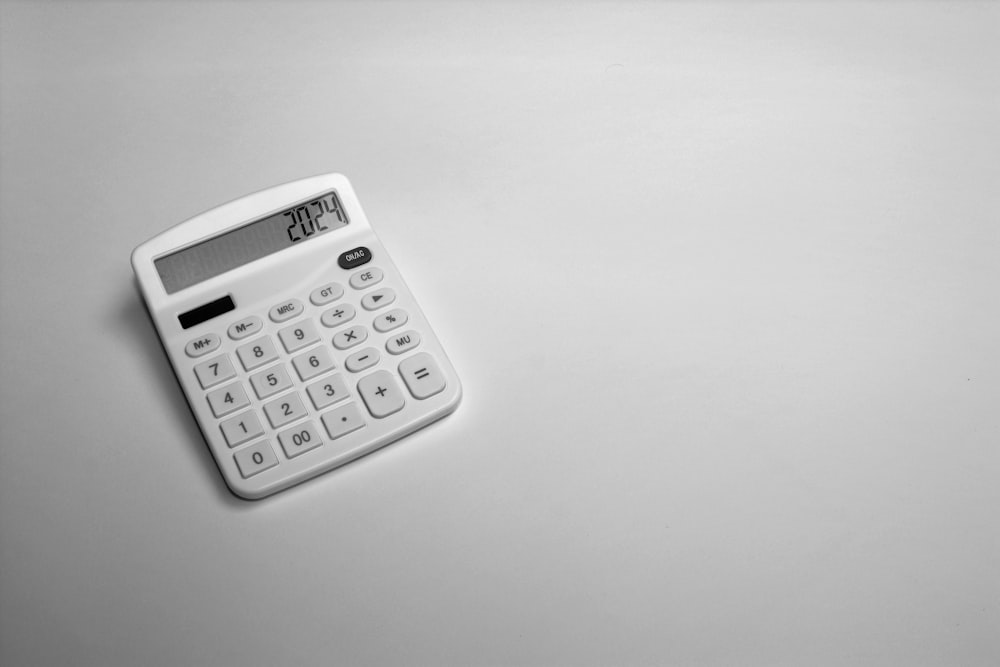A demo trading account is one of the most valuable tools for aspiring traders. It offers a risk-free environment to learn the intricacies of the market without the fear of financial loss. Whether you are new to trading or refining your strategies, using a demo account is the safest way to practice. However, many traders struggle with the question: how long should you stay in demo mode before transitioning to live trading? The answer depends on various factors, including experience level, consistency, and emotional control. While some traders move to live accounts too quickly and suffer losses, others linger in demo trading for too long and never develop real-world experience. Finding the right balance is crucial for long-term success.
Understanding Demo Accounts
A demo trading account simulates real market conditions using virtual money, allowing traders to practice without financial risk. It replicates the movements of real financial instruments, including stocks, forex, and commodities, enabling traders to familiarize themselves with market fluctuations.
The primary advantage of a demo account is that it allows users to test different strategies, understand technical indicators, and gain experience with trading platforms. Since there is no real money at stake, traders can experiment freely, refining their skills without pressure. Those interested in trading contracts for difference (CFDs) should consider using the best CFD demo to practice risk management and execution before transitioning to live trading.
However, demo accounts have limitations. They do not always replicate real-world trading conditions, especially regarding slippage, order execution speeds, and the emotional stress of managing real capital. The absence of genuine financial risk often leads traders to develop habits that may not translate well in live trading.
Factors to Consider Before Going Live
A trader’s skill level plays a crucial role. Before considering live trading, it’s important to understand how the market works, including concepts like price action, trend analysis, and order execution. A lack of fundamental knowledge can result in costly mistakes when real money is involved.
Consistency is another essential factor. Successful traders do not rely on luck; they have a structured approach that yields consistent results over time. If a trader is profitable in a demo account for only a few weeks, it may not be enough to assume long-term success. The ideal benchmark is at least a few months of stable profitability before transitioning to live trading.
Lastly, having a structured trading plan is a must. A plan should outline entry and exit strategies, risk management rules, and specific criteria for trade selection. Without a clear strategy, trading becomes a game of chance rather than a skill-based activity.
How Long Should You Use a Demo Account?
Beginners typically need three to six months of consistent demo trading before going live. This period allows enough time to grasp market fundamentals, develop strategies, and build confidence. During this phase, traders should focus on learning from mistakes and improving decision-making skills.
Intermediate traders who already understand the basics but need practice with execution and strategy refinement may require one to three months in a demo account. They should use this time to evaluate strategy effectiveness and fine-tune their risk management approach.
Advanced traders with prior experience may only need a few weeks to test and validate their strategies before going live. If they have successfully traded in the past but are switching markets or approaches, a short demo phase is sufficient to ensure they are prepared.
How to Potentially Maximize the Demo Account Experience
Using a demo account effectively requires more than just placing random trades. To get the most out of this learning phase, it is essential to set realistic trading goals. Instead of focusing solely on profit, traders should aim to improve decision-making, risk assessment, and execution.
Practicing in different market conditions is another valuable approach. Markets behave differently during high and low volatility periods. Testing strategies across various conditions ensure traders are prepared for real-world fluctuations.
A common mistake in demo trading is treating it as a game. To develop the right mindset, traders should simulate live trading conditions by setting realistic risk parameters. This means using position sizes and leverage that would be applied in a real account rather than taking excessive risks simply because it is a simulation.
Transitioning from Demo to Live Trading
Moving from demo to live trading should be a gradual process. The best approach is to start with a small amount of capital and trade conservatively. This allows traders to experience real market conditions without exposing themselves to significant risk.
One of the biggest differences between demo and live trading is the psychological impact of real money. Even with the same strategy, traders often make impulsive decisions in live markets due to emotional pressure. Recognizing this shift and maintaining discipline is crucial for success.
A smooth transition requires sticking to the same strategy used in demo trading. Many traders abandon their tested approach when they start trading live, often due to emotional influences. Staying consistent with a well-tested strategy increases the chances of success.
Conclusion
Deciding how long to use a demo account before transitioning to live trading depends on multiple factors, including skill level, consistency, and emotional control. While beginners may need several months of practice, experienced traders can transition sooner if they demonstrate stable profitability and discipline.




